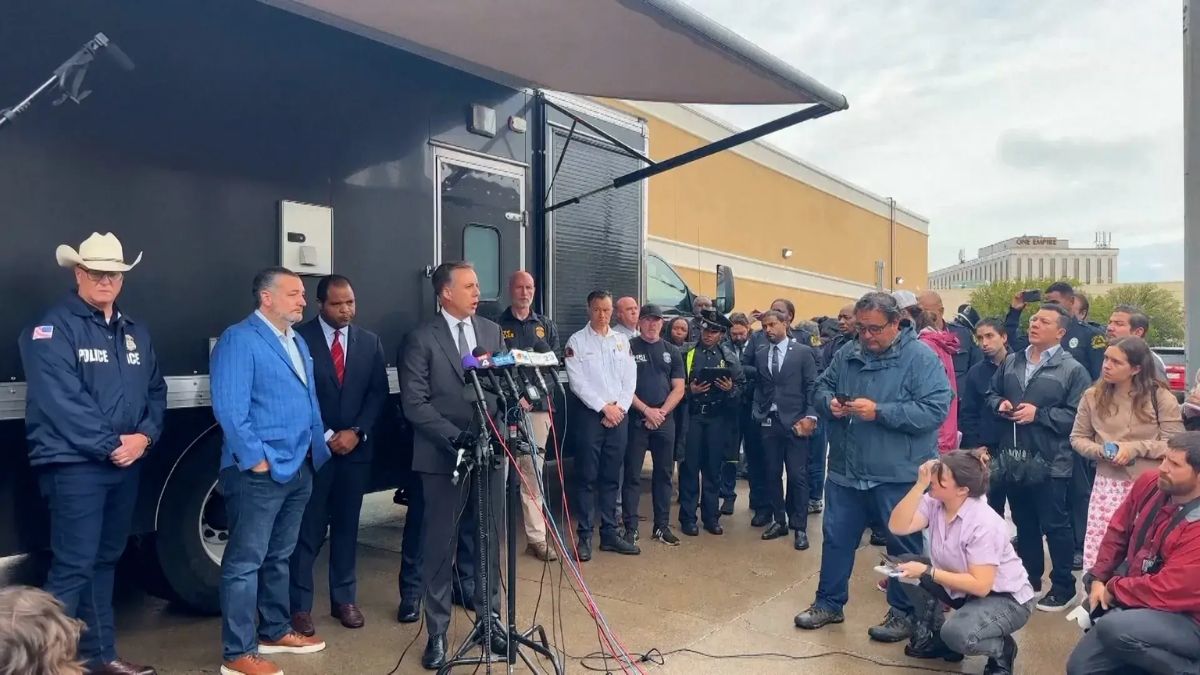Retiring on Social Security alone is getting harder by the day—especially if you’re not living in the right state. While Social Security has long served as the primary income source for millions of older Americans, rising living expenses, particularly for housing, are making it harder to get by.
Table of Contents
A new analysis reveals that retirees relying solely on Social Security can only cover their basic living costs in 10 states across the country. Everywhere else, the math just doesn’t work out.
Squeeze
Let’s break down why this is happening. Social Security was never really designed to be someone’s only source of retirement income. Yet for nearly 22 million Americans, it is. For nearly 39% of seniors, these monthly checks are the only money coming in. That alone should be concerning.
What’s making things worse now? Hidden housing costs. We’re not talking about mortgage payments—but the stuff people forget: property taxes, insurance, utilities, repairs. These have all ballooned in the past five years, with homeownership costs jumping 26%. Even if your home is paid off, the average retiree still falls short by about $2,762 a year. That’s roughly $230 each month—gone before food, medical bills, or anything fun even hits the table.
Divide
Here’s where it gets really uneven. Housing is the main factor making or breaking retirement budgets. While food, transportation, and healthcare costs stay relatively steady between states, housing doesn’t. In the 10 states where retirees can make ends meet, average housing costs run about $510 a month. In shortfall states, that jumps to nearly $933—and sometimes well over $1,000 on the East Coast.
That difference shifts housing from taking up 27% of a retiree’s budget in affordable states to 32% in expensive ones. That 5% swing might not sound like much, but over a year, it’s thousands of dollars in either savings or stress.
Winners
So where can you breathe easier if you’re living on Social Security?
Here are the 10 states where retirees actually come out ahead:
| State | Monthly Benefit | Monthly Costs | Annual Surplus |
|---|---|---|---|
| Delaware | $2,139 | $1,992 | $1,764 |
| Indiana | $2,016 | $1,900 | $1,392 |
| Arizona | $2,000 | $1,898 | $1,224 |
| Utah | $2,000 | $1,926 | $888 |
| South Carolina | $1,980 | $1,911 | $828 |
| West Virginia | $1,960 | $1,905 | $660 |
| Alabama | $1,950 | $1,902 | $576 |
| Nevada | $1,940 | $1,904 | $432 |
| Tennessee | $1,932 | $1,919 | $156 |
| Michigan | $1,930 | $1,919 | $132 |
These states offer lower property taxes, more affordable utilities, and generally cheaper insurance—making it easier to stay in the black.
Losers
Now let’s talk about the flip side—where retirees are getting squeezed the most.
| State | Monthly Benefit | Monthly Costs | Annual Deficit |
|---|---|---|---|
| Vermont | $1,954 | $2,628 | -$8,088 |
| New Jersey | $2,060 | $2,687 | -$7,512 |
| Massachusetts | $2,100 | $2,712 | -$7,345 |
| New York | $2,095 | $2,700 | -$7,248 |
| New Hampshire | $2,000 | $2,547 | -$6,564 |
These states have high property taxes, expensive insurance premiums, and steeper utility bills. Even with above-average Social Security benefits, retirees still fall short—sometimes by more than $8,000 a year.
Reality
What this all comes down to is a harsh truth: Social Security isn’t enough in most of America. And unless you’ve got extra savings, a pension, or a side income, retirement can quickly become a financial balancing act.
Many retirees are already feeling the pinch. According to The Senior Citizens League, nearly 75% of older Americans depend on Social Security for more than half their income. But depending on where you live, that might only get you so far—especially as housing costs continue to rise.
So what can you do? If you’re still planning for retirement, think location, location, location. Downsizing, moving to a more affordable state, or even relocating within your current state to a lower-cost county could make a huge difference.
Retirement shouldn’t be about pinching pennies—it should be about peace of mind. But as this data shows, peace comes at a cost, and for millions, that cost is rising faster than their benefits.
FAQs
What states cover costs with Social Security?
Only 10 states fully cover basic costs with Social Security alone.
Why is Social Security not enough now?
Rising housing expenses like taxes and maintenance outpace benefits.
Which state has the worst Social Security shortfall?
Vermont has the largest gap at over $8,000 annually.
How many seniors rely only on Social Security?
About 22 million older Americans depend solely on it.
What’s the biggest expense for retirees?
Housing is the largest and most variable retirement cost.

















